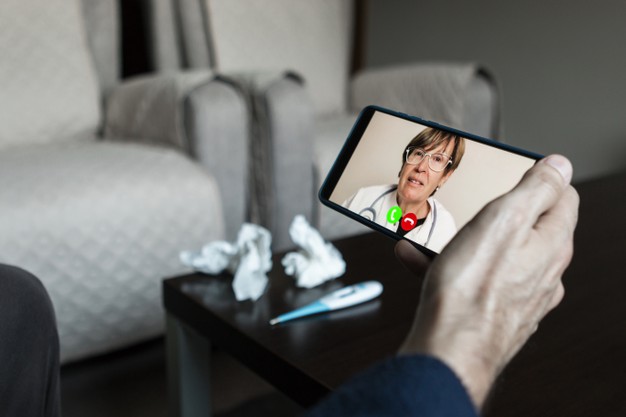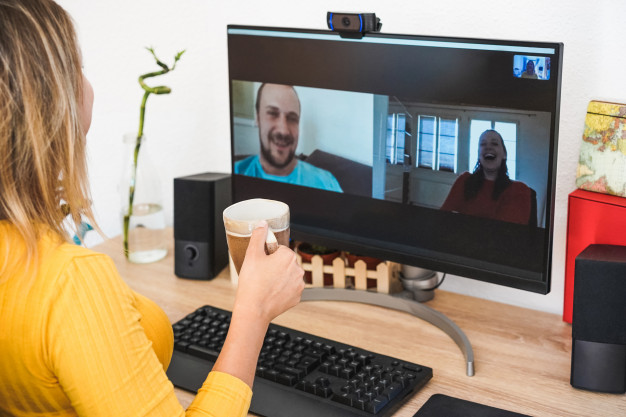
The importance for group health insurance for international students and travelers has been heightened during the COVID pandemic’s unrelenting presence throughout the world. It has never been more important to make sure you have a solid health insurance plan that will meet the unique needs of your international student body.
In today’s blog, we will discuss the importance of group health insurance as well as changes in the industry that you can incorporate to better serve your international students.
Why A Group Plan
The pandemic has placed an increasing importance on health insurance for international students. Unlike other visa categories, international students on a F1 or M1 visa are not required by the US Department of State to have health insurance and instead leave the requirements up to their school. Because of this, schools have various ways of handling health insurance from requiring their international students to enroll on a selected group insurance plan to not requiring or recommending any insurance plan at all.
While the approach may vary, the importance of health insurance has never been more important for international students. The United States continues to be the most expensive country in the world for health care. The average emergency room visit costs, for example, $2,200 on average, according to UnitedHealthcare (the largest insurance carrier in the U.S.). Add to that the increasing medical inflation year after year and the additional COVID procedures that are further increasing medical costs, and your students may be more financially vulnerable than ever before.
There are many advantages to having a health insurance group plan for international students including:
You Know Your Plan & Who is Enrolled
All students are on one plan that has been vetted and approved by your school’s administration. You know that your plan is solid, that it meets the needs of your students, and that students will be able to go to a US-provider without having to pay and be reimbursed.
Simplified Communication
Having one plan makes it easier to know who to contact at your insurance company, familiarize yourself with the procedures (like, what do you do in case of a medical emergency), and simplifies communication with your staff and students.
Dedicated Account Manager
Health insurance group plans often have an account manager able to support staff and administrators managing their group plan. At ISI, we provide every group client with a dedicated account manager who is on hand and able to assist with anything that comes up from enrollment questions, claims help, emergency assist cases, orientation, and the renewal process. It can be helpful to have someone in charge of your plan and that you can always reach out to, especially in a time of need.
Enrollment Tool
One area of simplification on a group health insurance plan is that you can enroll all of your international students instead of having to find out each student’s insurance coverage dates and payment mode. With a group plan, schools will enroll their students for the correct period and include that cost into the student’s tuition. We also have the option for students to pay for their plan, but administrators can view enrollments through our proprietary enrollment system.
Group Zone
While administrators will be able to fully administer and manage enrollments through the enrollment tool, international students will have their own insurance portal as well. This insurance portal, known as our Group Zones, allows international students to learn about the US healthcare system, find providers, download their documents, and track claims.
Changes in the Industry
The last couple of years of this pandemic has led to fascinating changes in the US healthcare system that will likely continue for the foreseeable future. These benefits have grown in importance and can be included on your group health insurance plan, these include:
COVID coverage
With variants spurring new spikes in cases, it is important to ensure that your group health insurance plan covers COVID-19. This should include if a student needs medical attention or is hospitalized. Some plans may also cover vaccines and/or COVID tests, so be sure to understand what is and what isn’t covered.
Telemedicine

Telemedicine was gaining popularity before COVID, but its acceptance and recognition really emerged during the pandemic where providers and patients were cautious when it came to in-person treatment. Telemedicine allows students to simply call or video call with a provider for minor illnesses or injuries. The provider can often provide treatment over the phone and even prescribe medication, or in specific cases they may refer the student to an in-person provider for emergency care. This makes getting treatment quick and easy, and international students can do this from the comfort of home. Many plans either include this as an integrated part of the policy or may allow students to choose the telemedicine service of their choice. For more on telemedicine and why it’s important on a health insurance group plan, please read our recent blogs on telehealth.
Mental Health & Telecounseling
With international students more isolated, mental health has been a growing issue that has captured the attention of many university officials. An increase in the levels of anxiety and depression has been growing, and can be exacerbated when there are required quarantines or shut downs. While many schools have a counseling center on campus, some students may be unable or unwilling to use these services – and there are often longer than usual wait times. Integrating telecounseling can be another way to reach these students where licensed counselors can work with students directly.
LifeWorks is one of our newer services that can be integrated into any ISI group insurance plan. LifeWorks My SSP connects students with telecounseling support in their native language and cultural context, and is designed to complement academic institutions’ existing on-campus services.
If you are interested in a group plan with these services, learn more about ISI health insurance group plan and how to integrate these benefits on your plan.









 or
or 











Recent Comments